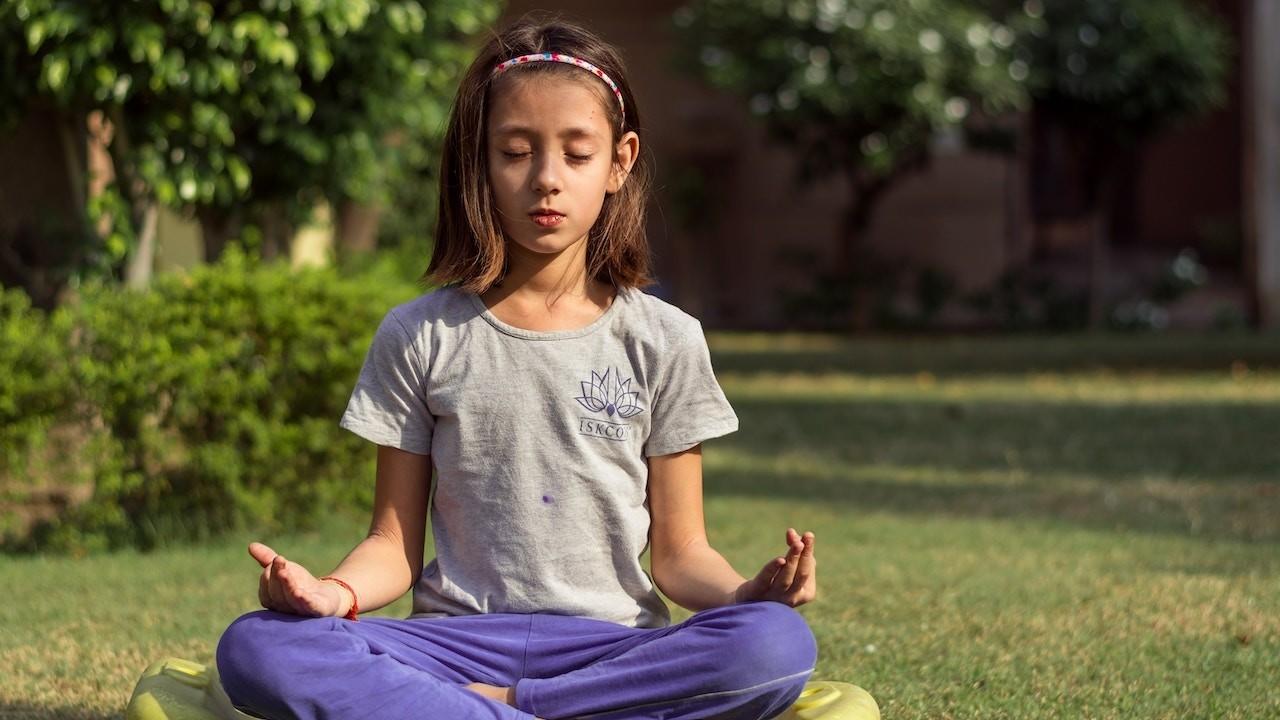Hooking Them In
Nov 11, 2019
The younger we start mindfulness exercises with our kids, the easier it is to do.
It becomes a very normalized part of their day. Little ones love to show how still and quiet they can be, putting their "mindful bodies" on and using "mindful ears" or "mindful eyes". Getting these kids "hooked in" is relatively easy, particularly with all the fun breathing techniques available to us.
We can do "elevator breathing", "balloon breathing", "waterfall breathing", "snowflake breathing" and "5 finger breathing", just to name a few. Scaffolding their inner awareness can, therefore, be very organic and natural as they grow and mature.
On the other hand, starting with older kids (around grade 5 and up) can be a little more challenging. They tend to be self-conscious and may perceive mindfulness as embarrassing... their self-images being so fragile at this age. Getting tweens and teens engaged enough to put themselves in the vulnerable position of closing their eyes and doing deep breathing in a room full of other tweens and teens can be quite awkward, both for the teacher and the students. Therefore, making mindfulness "cool" and at this tender age becomes increasingly necessary to get buy-in from this more inhibited crowd.
In order to get these kids "hooked in", I have tried a variety of strategies. I have show images and videos of how the brain (the amygdala, the hippocampus, and the prefrontal cortex) works during stress and how deep breathing affects it to appeal to the young scientists in the class. I have shown clips of how professional sports teams integrate mindfulness into their training regimen to appeal to the athletic kids in the class. I have invited police, first responders and/or military personnel to talk about the importance of mindfulness in their jobs and lives to appeal to the kids who revere positions of authority. I have asked doctors to talk about how the immune, cardiovascular and nervous systems are strengthened by mindfulness in order to appeal to those who are health conscious. And I have explained how focus, concentration, and memory benefit from mindfulness with the goal of invoking interest in the ones who strive for academic success.
Some of these introductions into mindfulness practice may work for your older kids, and some may not. But what we all know as teachers is that one size does not fit all. Making mindfulness a normalized, accepted and comfortable practice in our classrooms, at all ages in all grades will have benefits that are worth getting our students out of their comfort zones so that they may ultimately grow and flourish as human beings.

